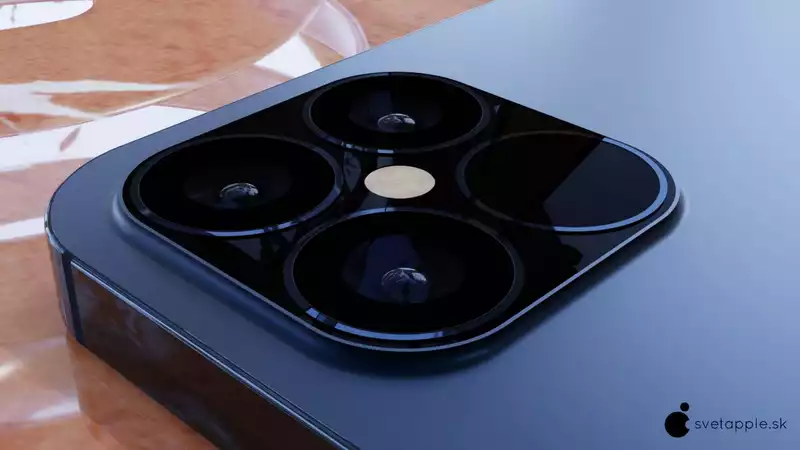Details of the iPhone 12's all-new camera features have surfaced online. We've expected Apple's latest flagship model to get an upgrade, but now we know how one of them will work.
In a patent approved by the USTPO and discovered by PatentlyApple, Cupertino reveals the technical details of the Time-of-Flight sensor in the iPhone 12's camera array.
Time-of-Flight is a type of LiDAR technology that uses infrared laser pulses to capture and scale an entire scene. The time it takes for the laser to reach the object and return to the cell phone is the time-of-flight (ToF) measurement.
This movement allows for mapping the depth of objects in a room, which may be useful for camera focus and placement of augmented reality objects. A ToF sensor could also be integrated into the front-facing camera to enhance biometric authentication, such as Face ID, or to support certain types of air gestures.
Phones like Samsung's Galaxy S20 Ultra and Galaxy Note 10 Plus also have such ToF sensors. However, Samsung abandoned this system in the Galaxy Note 20 and Samsung Galaxy Note 20 Ultra, presumably to avoid focusing issues that affected the Galaxy S20 Ultra, but the Note 20 Ultra instead uses a dedicated laser autofocus sensor.
Since the latest iPad Pro 12.9 (2020) has a LiDAR system, it is reasonable to assume that Apple has figured out a way to implement it on the iPhone without causing unintended camera glitches.
The patent in question is quite technical, but it is worth a read for those who want to know more about how the ToF is designed.
The iPhone 12 and iPhone 12 Max are expected to have wide and ultra-wide cameras, while the iPhone 12 Pro and iPhone 12 Pro Max are expected to have an additional telephoto lens along with the ToF sensor mentioned above.
Previous camera leaks indicated that Apple would offer a new sensor-shifting image stabilization technology. The gyro sensor detects movement in all directions, and the processor interprets this movement and activates actuators on the sensor to compensate. As a result, this type of sensor can eliminate unwanted motion on any axis, including unwanted rolling motion.
It is unclear how these new camera arrays will change the look of the new iPhone series, but it will not be long before we learn more details directly from the source. Recent release date rumors suggest that the iPhone 12 will be released in October.










Comments